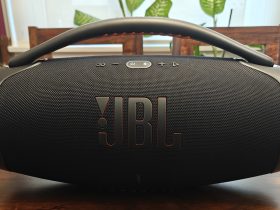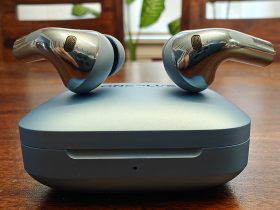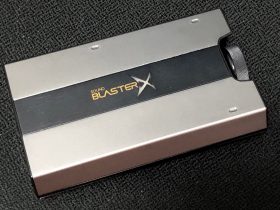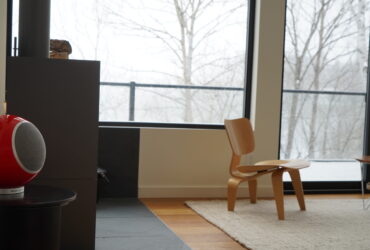This article originally appeared in the August/September 2019 issue of WiFi HiFi Magazine
While 2019 marked the 50th anniversary of Woodstock, we also celebrate the golden anniversaries of AMD, Eastlink, Hisense, Samsung, and Yamaha. And in 2018, Intel and IMAX celebrated their 50th anniversaries.
1969 was also the year the Advanced Research Projects Agency Network (ARPANET) was established, a packet-switching network that implemented the TCP/IP protocol, and became the technical foundation for the Internet as we know it today.
In fact, 1969 was a pretty incredible year all around. It was the year The Beatles held their last public performance on the roof of Apple records. The first Concorde test flight took place in France. The Boeing jet and Pontiac Firebird Trans Am debuted. And Neil Armstrong and Edwin “Buzz” Aldrin became the first humans to set foot on the moon.
While the Charles Manson murders were a particularly dark point of 1969, most people were simply looking to spread peace and love. Woodstock attracted more than 400,000 people to a New York Farm where they immersed themselves in performances by now iconic bands and artists like The Who, Jimi Hendrix, and Crosby, Stills, & Nash.
What was it like living in 1969? Though we’d need to adjust for inflation, the average annual income 50 years ago was US$8,550. A new car cost just US$3,270, monthly rent US$135, and gas was $0.35 per gallon.
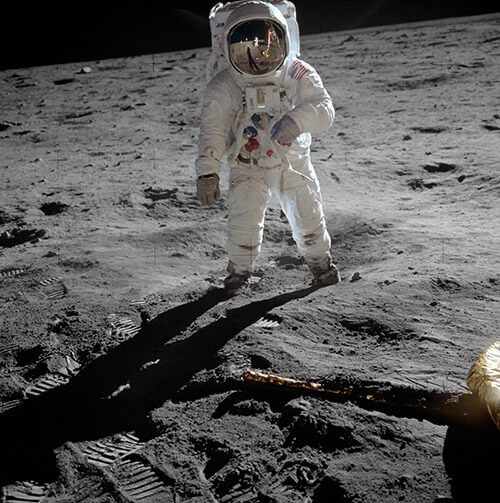
Given the fact that so many major companies, and a massive event like Woodstock, are celebrating 50 years in 2019, we thought this would be a good time to take a look back at tech in 1969. What kinds of products did people buy? How did they listen to music, watch television, take photos, and communicate with one another without (gasp) the Internet and smartphones? How different a time was 1969 to today?
Retail and Shopping
It was only in 1970 that the ATM with a PIN was first used in the U.S. (the first ATM appeared in London in 1967 using paper vouchers and codes) revolutionizing the way we could procure funds from our bank accounts.
The first card-based ATM, called a Docuteller and designed by Donald Wetzel, who is recognized as the inventor of the networked ATM, opened in the Chemical Bank in Rockville Center, NY, allowing residents, for the first time, to use a reusable, magnetic card to withdraw cash.
Today, you’d be hard-pressed to drive a kilometer without passing several ATMs along the way in any major urban city. And even so, who needs magnetic cards, much less cash, anymore when we have our wallets loaded onto our phones, and can pay for items digitally?
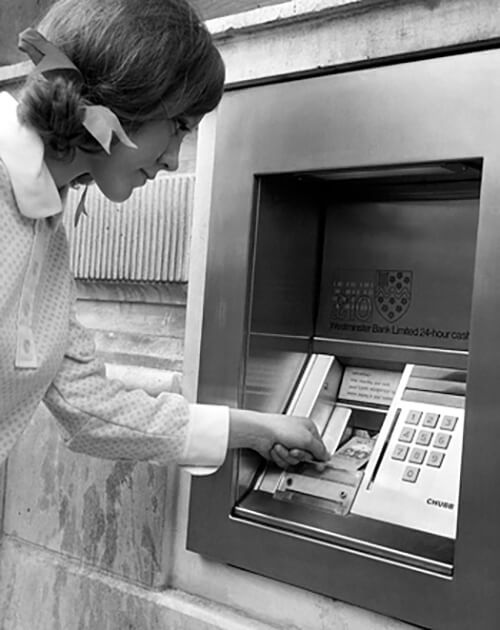
Computing
In 1969, Seymour Cray invented the first supercomputer, the CDC 7600, at Control Data Corporation (CDC). It ran at 36.4MHz and was innovative not only for its fast speed but also its physical C-shape, which reduced the floor space required to house it. The supercomputer sold for about $5 million. Adjusted for inflation, that’s over $35 million today!
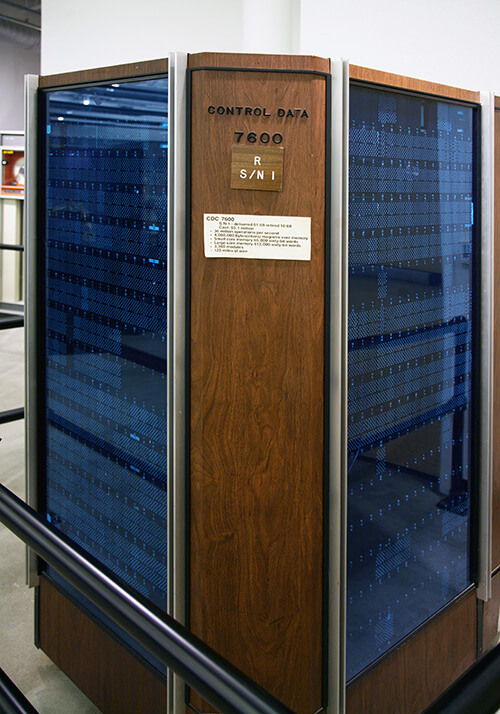
Today, supercomputers are used for doing things like predicting the weather, quantum mechanics, climate research, oil and gas exploration, physical simulations, molecular modeling, and more.
Meanwhile, the first mousepad was presented in 1968 by Douglas Engelbart in a device designed by Jack Kelley of Herman Miller. It was introduced in 1969, making navigating around a computer screen much easier than having to mash up/down, right/left keys and the spacebar to get to where you needed to go on a screen, or tab through various menu options.
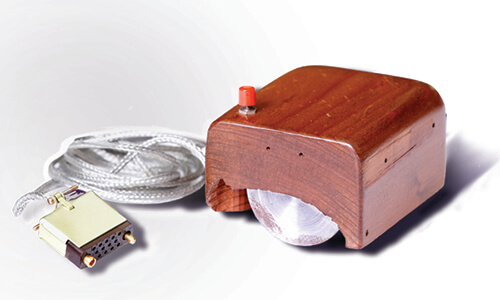
Engelbart, it should be noted, also invented the computer mouse itself a few years prior alongside his lead engineer Bill English at SRI International (Stanford Research Institute), filing for a patent in 1967 for a wooden shell with two metal wheels that could be used to navigate a computer. As expected, it was given the name “mouse” because of the cord that resembled a tail (the cord that is now virtually obsolete thanks to wireless technology). Engelbart and his group also tried to get the on-screen cursor to be called a bug, but that never caught on. While SRI held the patent for the computer mouse, they reportedly sold it to Apple for a small sum, totally undervaluing how important a peripheral it would become. Because of this, many wrongfully credit Apple with the invention.
Photography
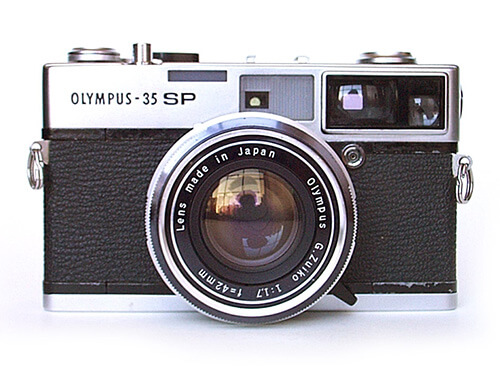
In 1969, 35mm rangefinder cameras were all the rage. That year, Olympus introduced its 35SP, the first 35mm rangefinder with a dual centre-weighted average metering and spot metering system.
Also introduced was the Pentax 6×7, an SLR medium format system film camera for 120 and 22 film. Debuted in prototype form in 1965, it took four years for it to finally reach the market, known as the Honeywell Pentax 6×7 in North America.
Today, while 35mm throwback cameras are enjoying a resurgence, in style, the imaging world has gone fully digital.
Audio
It was in 1969 that the general public was first acquainted with the microcassette by Olympus, which used the same magnetic tape as the compact cassette but housed in a much smaller container. The tape was thinner and half or a quarter of the speed, allowing for up to 30 minutes of recording per side for the MC60 at its standard speed. Mainly used for making voice recordings in dictation and answering machines, today, those tasks are accomplished using tiny memory cards or cloud-based services.
With hifi audio, the ‘60s were a time of technical innovations, with reel-to-reel tape recorders and turntables king, along with stereo FM broadcasts. The receiver also made its way to market combining a tuner, preamp, and power amp, thus relegating separate devices to audiophiles and professional sound engineers.
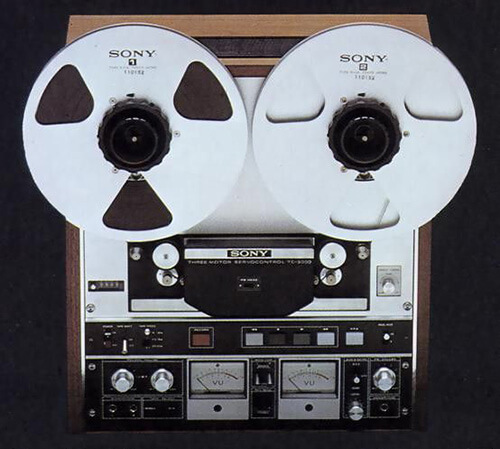
The vacuum tube also gained steam that decade, with products from brands that remain well-respected in the audio field today like Pioneer, Yamaha, Sony, and Kenwood.
Video
The biggest advancement in television technology this year was the switch from black and white to colour TV. The mandatory transition to colour for all transmitters in TVs took place between 1969 and 1976 in Canada, and the U.S. became the first country with black and white transmission to introduce colour TV.
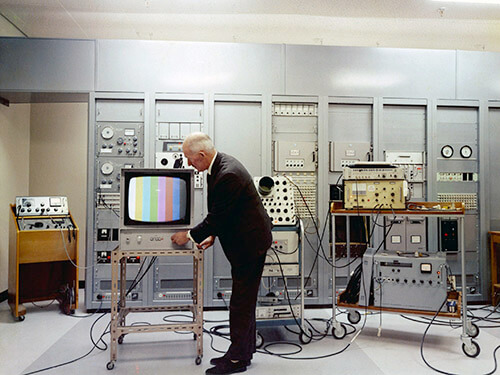
What were people watching on their TVs? This is the year that Dick York collapsed on the set of Bewitched and resigned from the show due to health reasons. CBS banned the Smothers Brothers. Star Trek aired its final episode after being cancelled (only to later rise dramatically in popularity after being aired in syndication). The live transmission of the Moon landing was viewed by 720 million people from around the world. (To date, the most-watched television event in history is now the London 2012 Summer Olympics, which was viewed by a whopping 3.6 billion people.) The Brady Brunchpremiered on ABC. The Jackson 5 made their national TV debut on The Hollywood Palace. And Sesame Street debuted on NET (later PBS), a children’s series that continues its successful run today.
Communication
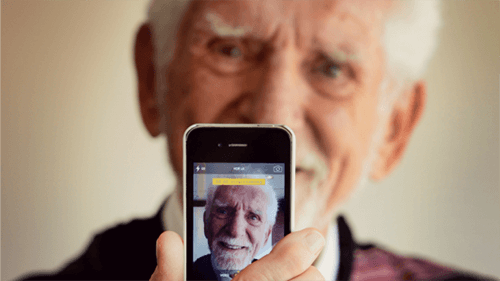
The big technological innovation in consumer communications in 1969 was Touch-Tone service, which was first trialed in 1961 then introduced by AT&T in 1963. In 1970, modular telephone cords and jacks were introduced, a far cry from our fully wireless mobile phone-led worlds today. In 1971, AT&T submitted its proposal for a cellular phone service to the Federal Communications Commission (FCC) in the U.S., and in 1973, Dr. Martin Cooper made the first handheld cell phone call. And well, the rest is history.
Here’s to Another 50 Years of Tech!
As we look back 50 years ago, to say that technology has evolved leaps and bounds would be a gross understatement. Are we a more disconnected society because of it? Better connected? It’s hard to tell. But ask anyone who was around in 1969 and old enough to remember having experienced any of these ground-breaking events and they’ll likely remember those much simpler times with great fondness.
With that said, technology innovation is a constantly moving target, and it simply can’t, nor won’t, be stopped. So here’s to another 50 years of tech and to innovative start-ups of today, some of which may enjoy the same longevity as companies like Samsung and Yamaha and celebrate their own golden anniversaries half a century from now. How many will develop innovations that make their mark remains to be seen. But each new development represents another small step for man as we look to the next giant leaps in the world of tech.

